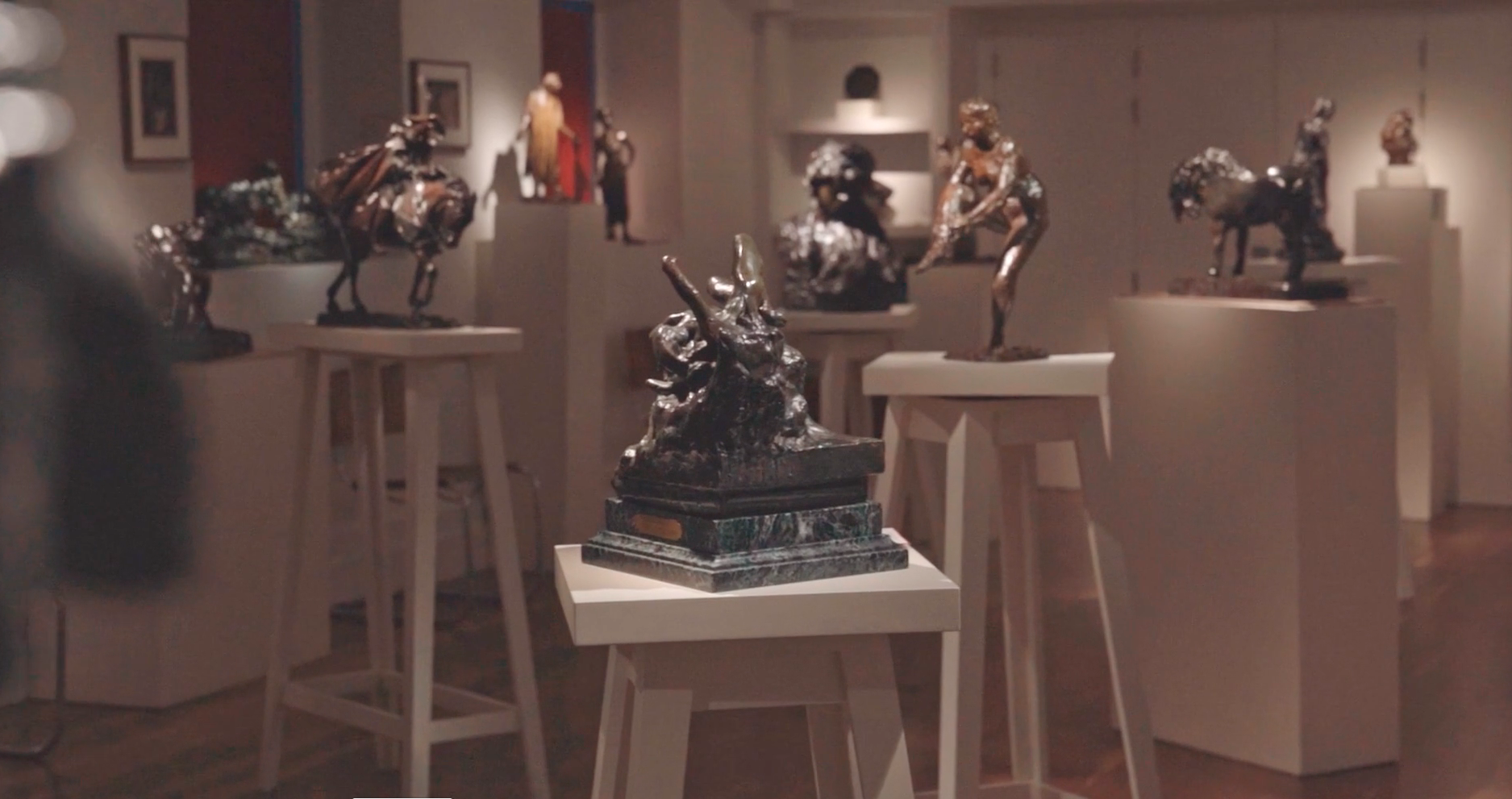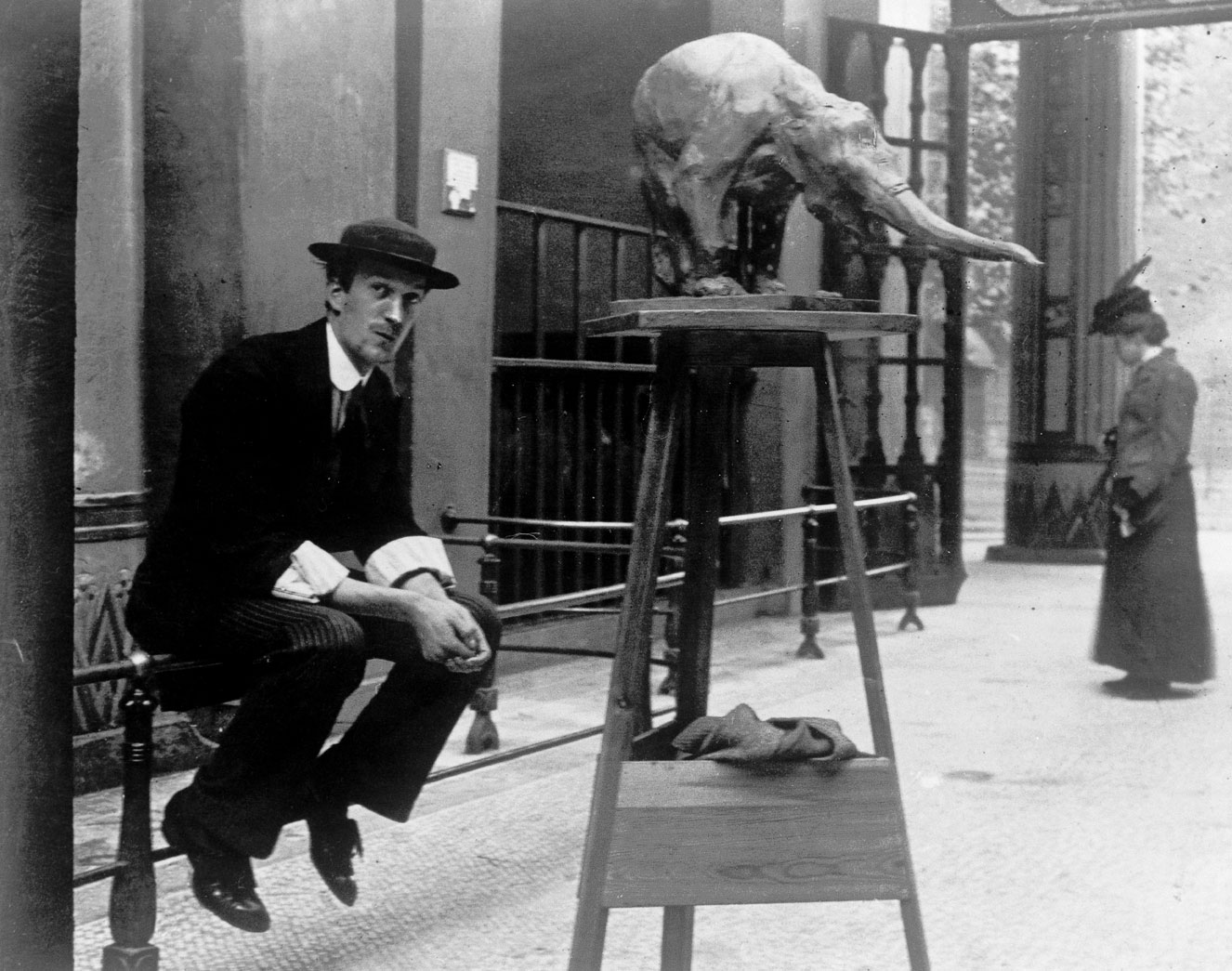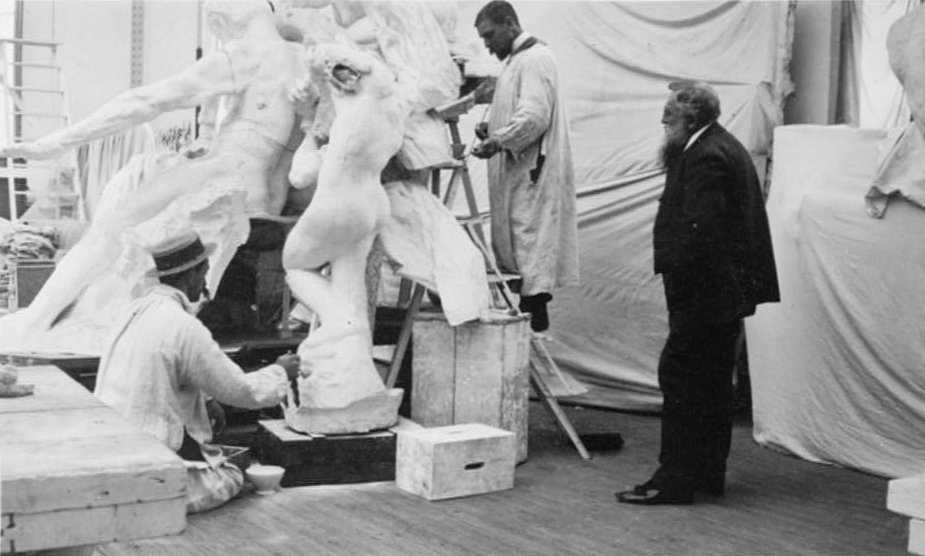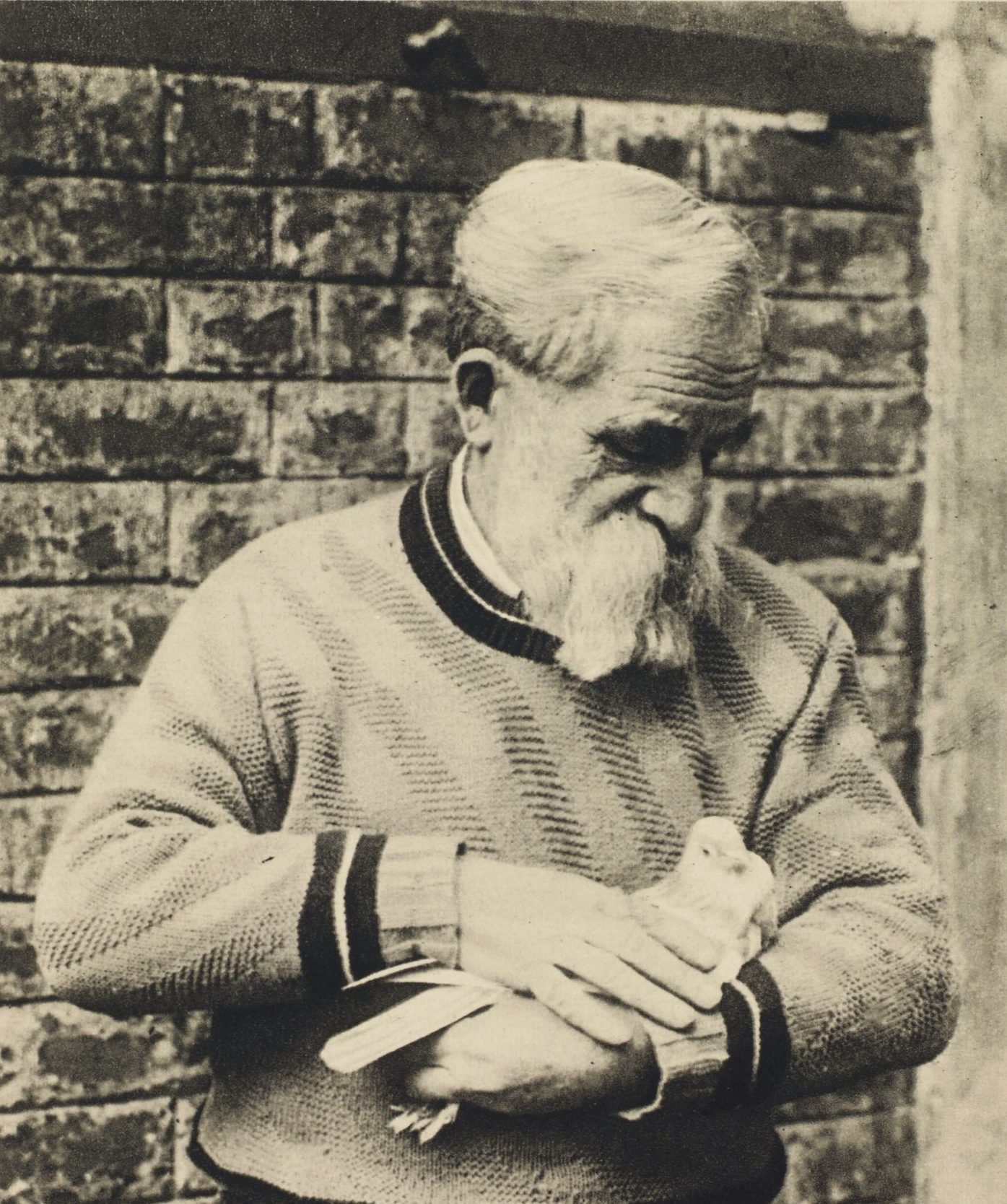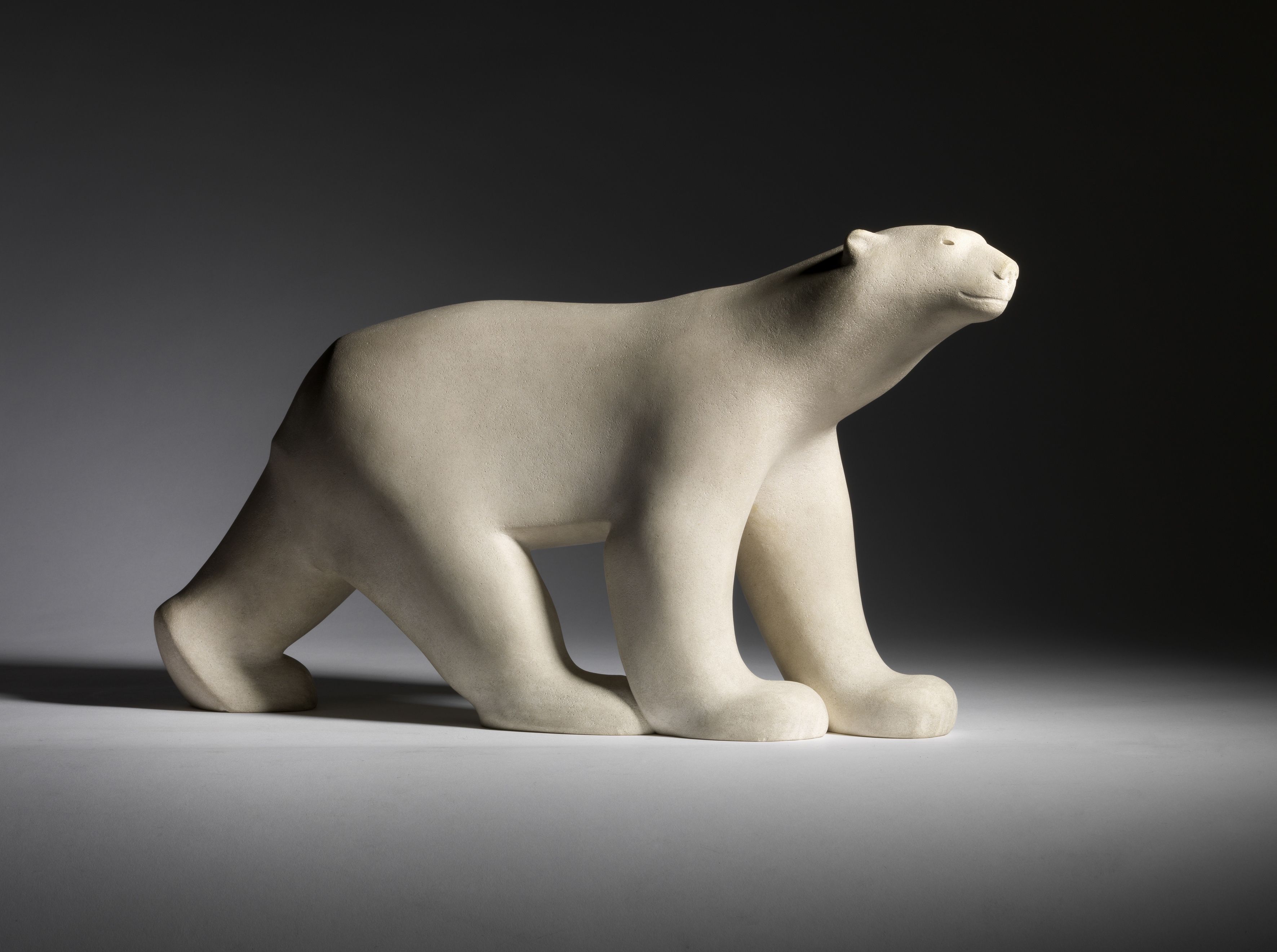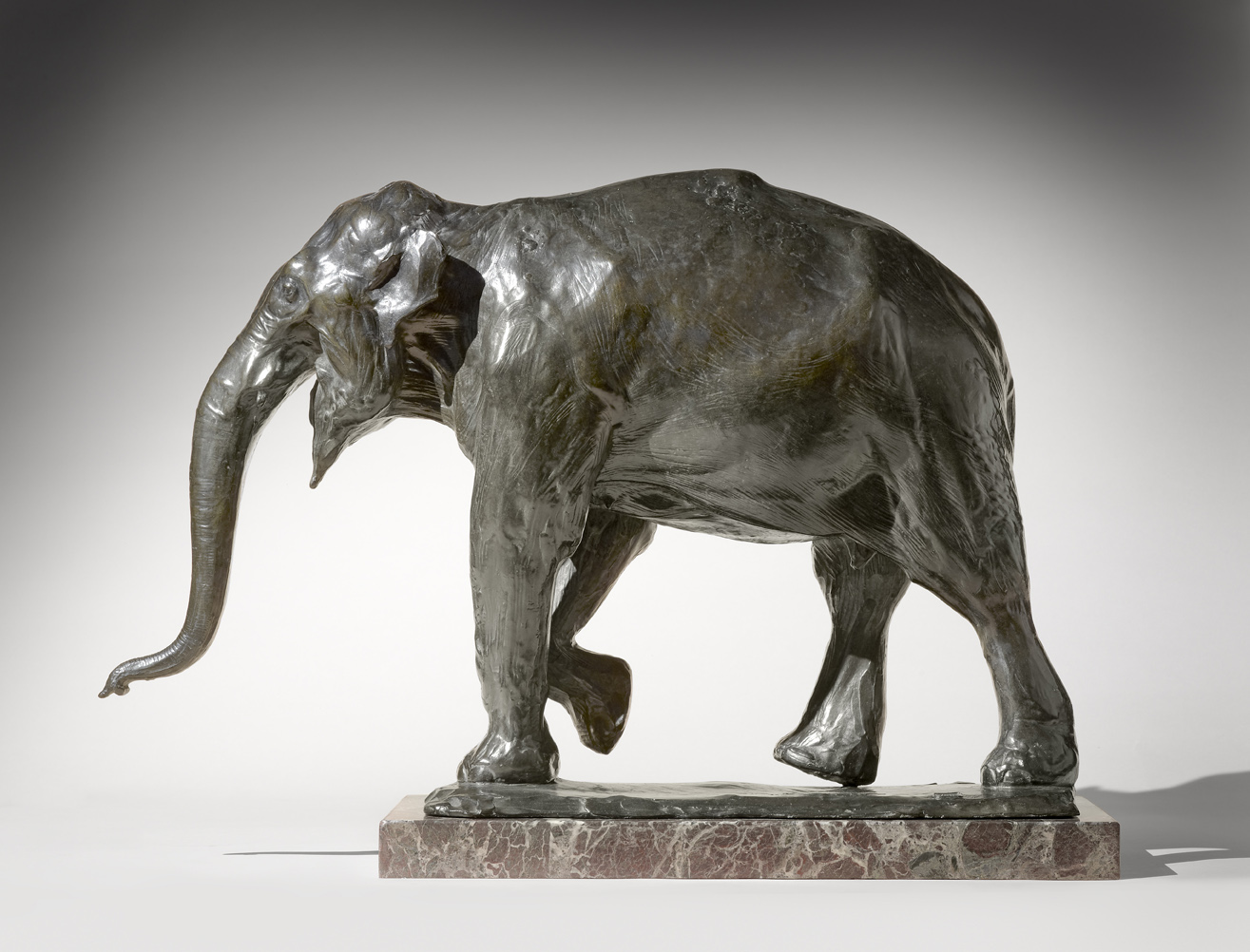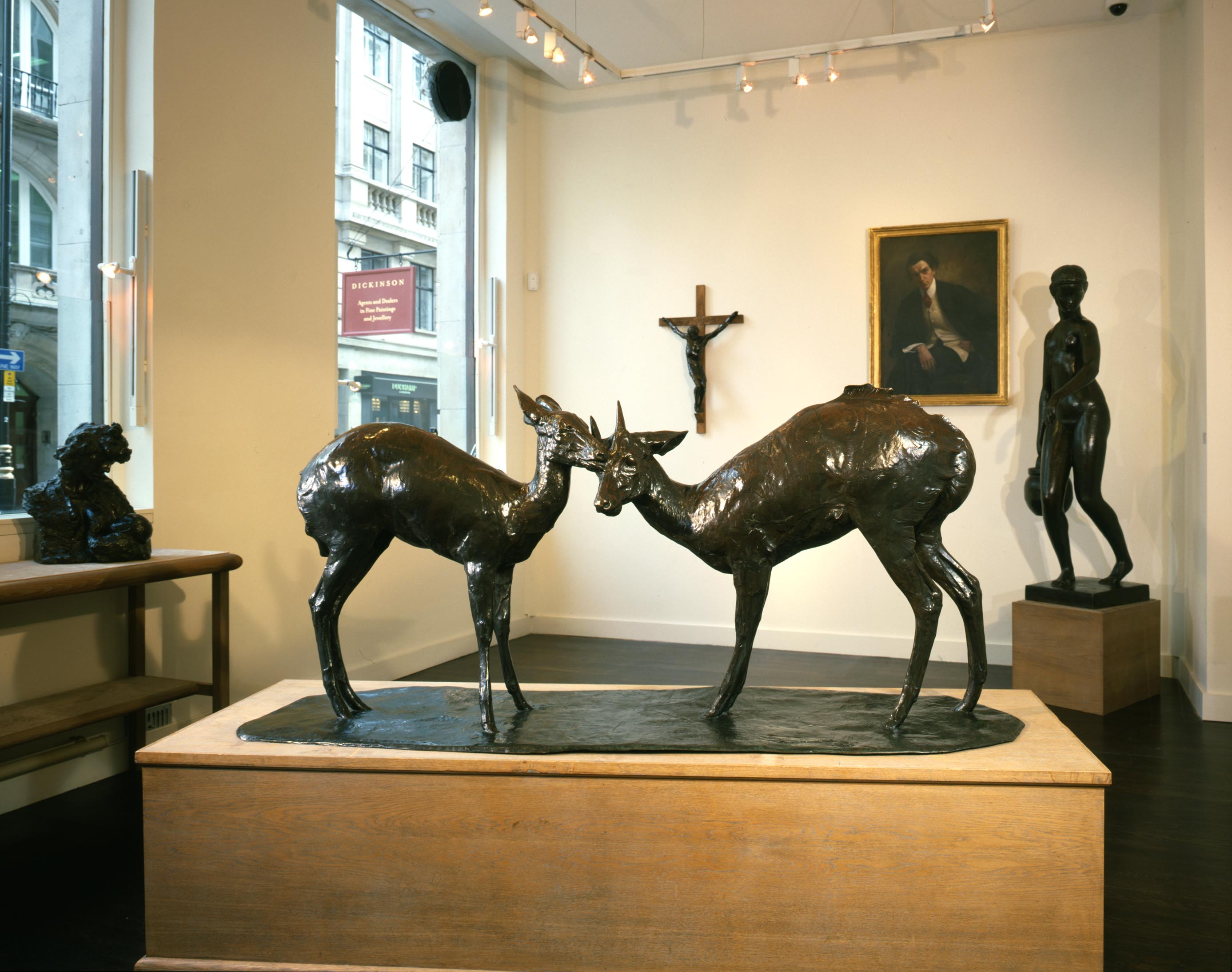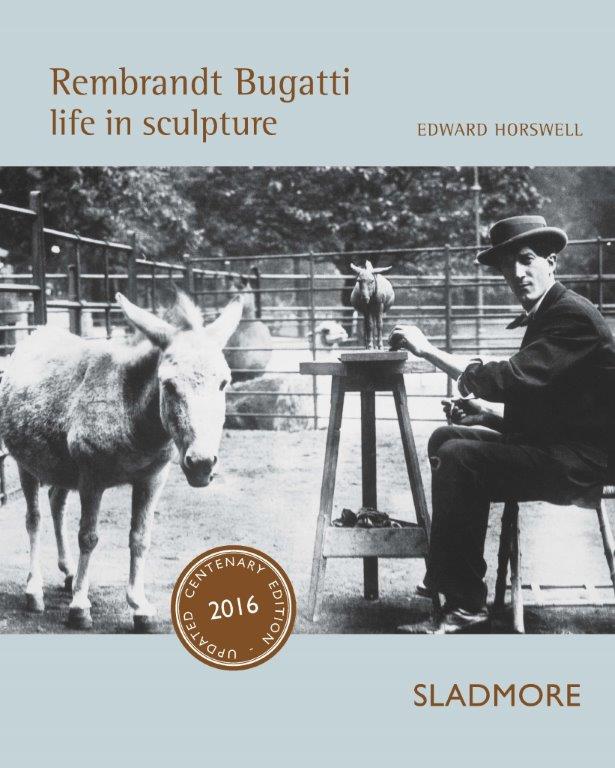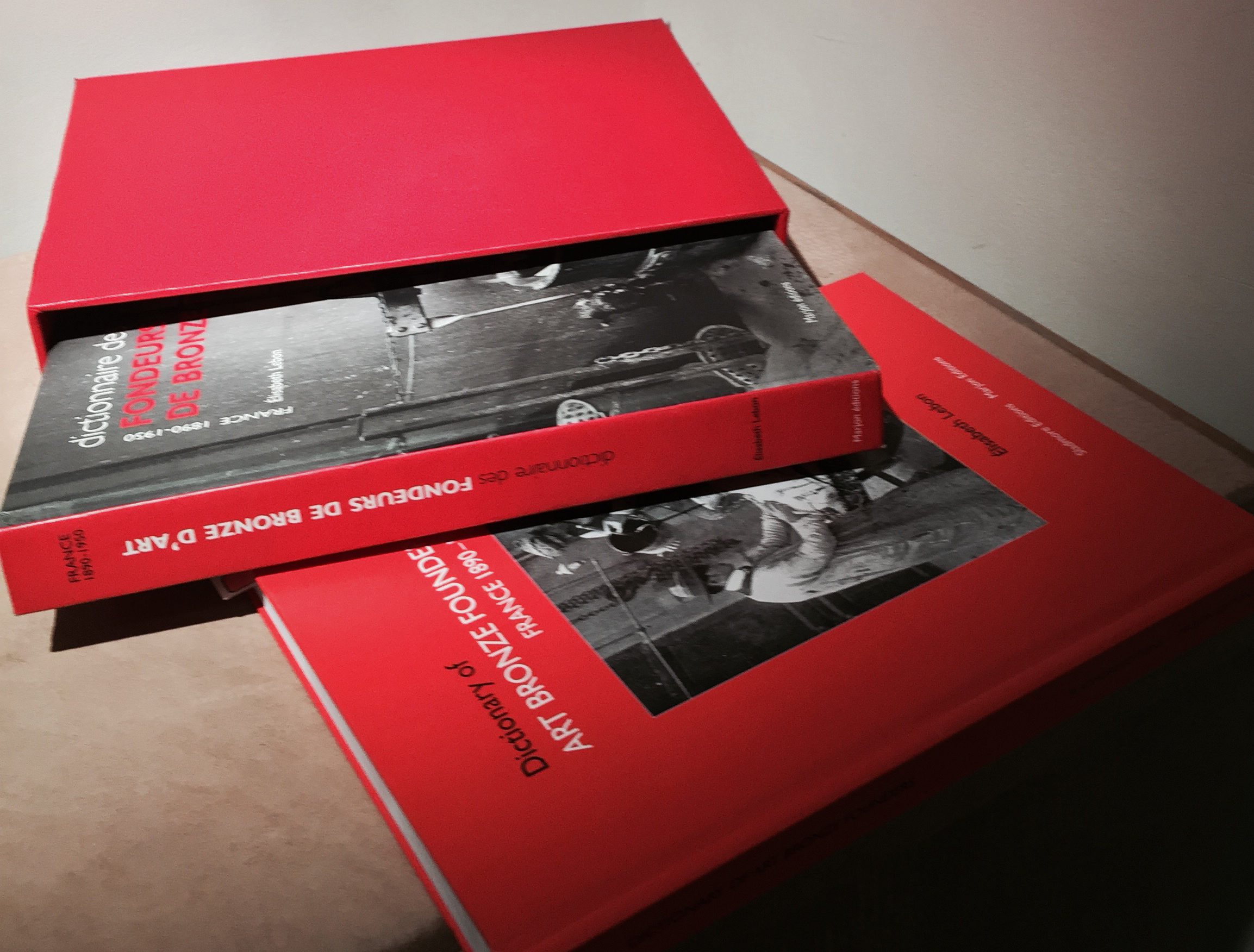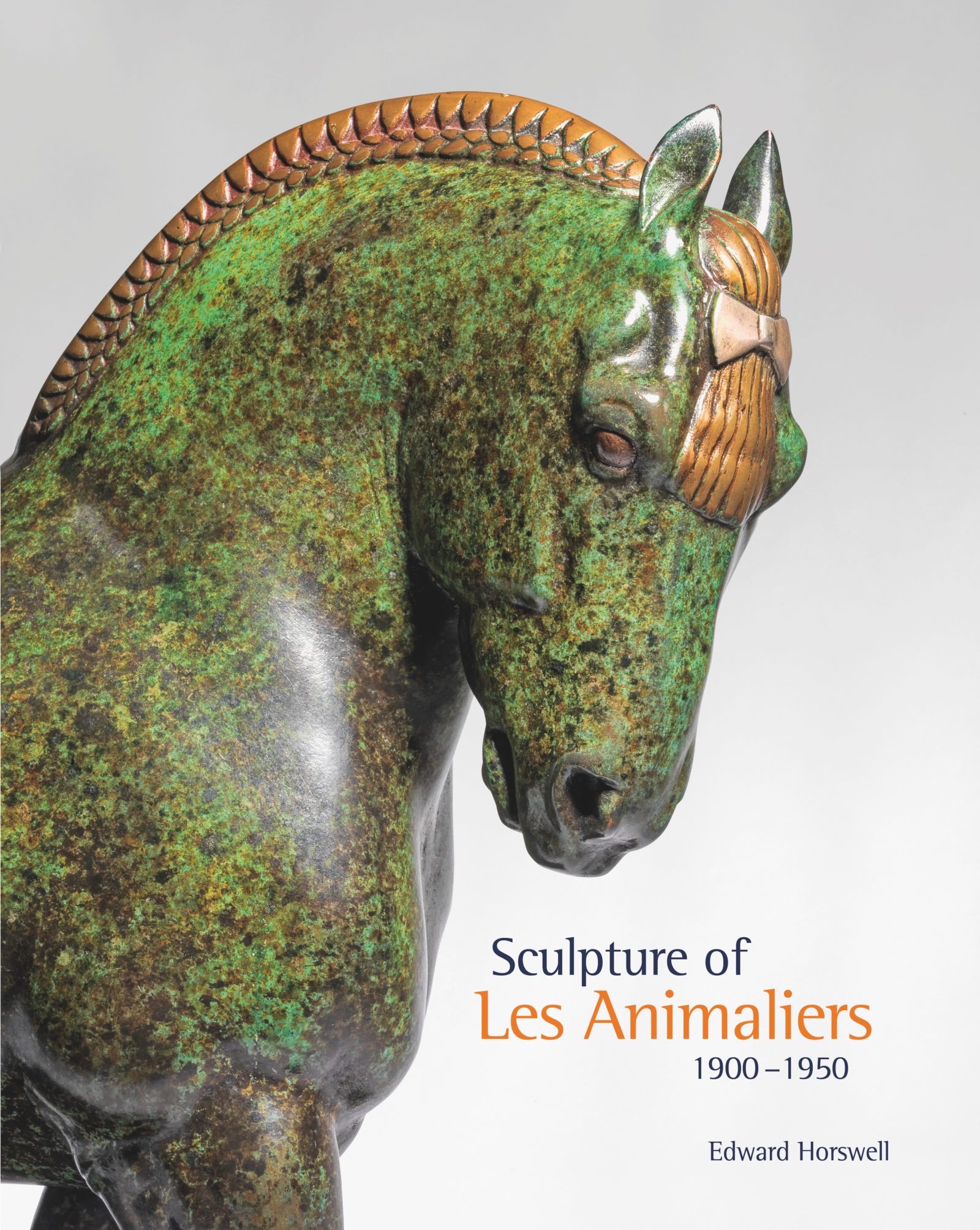Modern
Sladmore’s Modern department handles artworks from 1880, the birth of impressionism through Modernism and Abstraction to 1950.
We hold specialist knowledge of the foundries and casting quality of this period. Spearheaded by Edward Horswell since 1985, this department has helped to co-ordinate major international museum shows, published award winning publications, and advises museums, public and private collections. We are collectors at heart, which makes us passionate about this period of sculpture.
